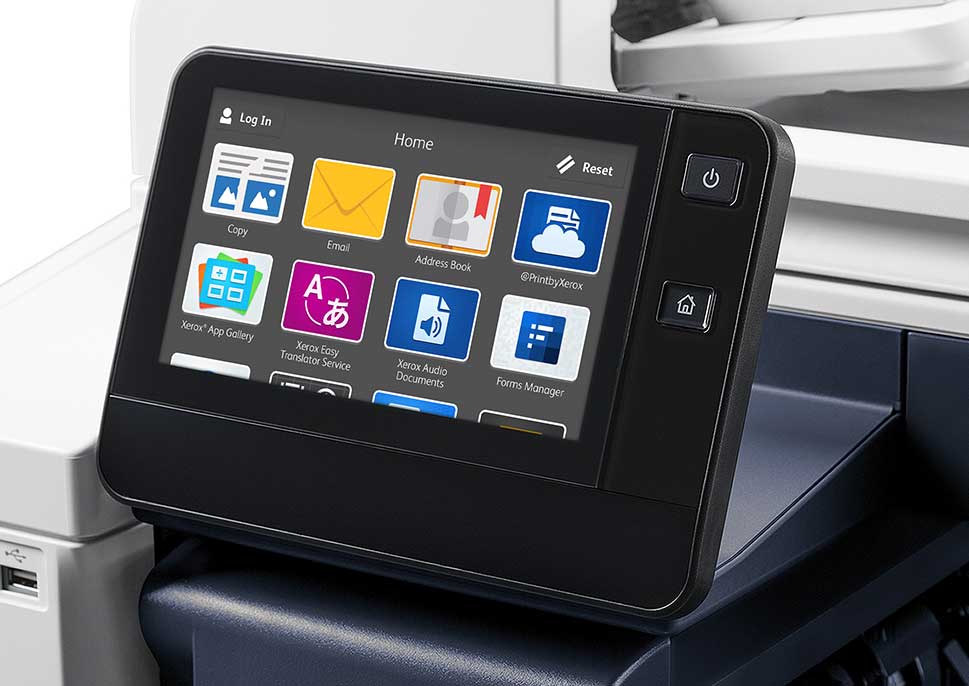Partner with Xerox
Xerox has always been at the forefront of innovation in document technology. We form strong and lasting partnerships with like-minded companies to create solutions and to take them to market. Working together, we help our joint customers of all sizes meet their document challenges.
Whether you're looking to offer our products and services to your customers, you are a print provider wishing to offer Xerox-driven printing or you would like to work with us to deliver solutions, we have a partnership to meet your needs.
Connect hardware, software, services, and supplies

Become a Xerox Channel Partner
Partner and prosper with the industry innovator. Xerox offers award-winning technology and the broadest portfolio of managed print services in the industry.

Become a DocuShare® Partner
Xerox® DocuShare® solution partners enjoy developing solutions on the DocuShare platform for numerous reasons that benefit their customers and their business.

Get Started as a Xerox Agent
By exclusively selling Xerox, you receive full access to our hardware, software, managed services, solutions and supplies. We will assist in the delivery of comprehensive post-sales service and technical support to your customers.
Develop and Integrate

Xerox Business Innovation Partner
The Xerox Business Innovation Partner Program brings together leading document technology software and hardware providers, using Xerox Open Technology Platforms, to create unique solutions that extend the power of Xerox products, solutions and services.

Xerox Developer Program
Work with us to create world-leading applications to extend the functionality of our products and services. Take advantage of our standards-based interfaces to create and market your own solutions for our customers.
Print shop/print service provider

Xerox Premier Partners Global Network
This is an exclusive global community of Xerox customers who are today’s leading print and marketing services providers. Members benefit from peer-to-peer networking, education, best practices, and regional events. If you’d like to learn more, please discuss with your Xerox sales rep.
Already Registered?
Channel Partners
DocuShare Resellers
Buy Xerox Products and Services
Find a DocuShare Reseller

Xerox captures CRN 5-Star Rating
Top marks distinguish the Xerox Global Partner Program in The Channel Company’s 2024 Partner Program Guide

2025 CRN Channel Chief Award Recipient Karl Boissonneault
Xerox, North America Channels Leader, Karl Boissonneault has been honored by the CRN editorial staff to receive the 2025 Channel Chief Award for outstanding leadership.